Operation 66 has joined the long line of viral fitness challenges promising to help you overhaul your health. Like the 75-Hard, 75-Soft, and Winter Arc challenges, Operation 66 is designed with certain health-promoting guidelines you follow for a specified amount of time - in this case, 66 days.
If you're wondering if there's any point to all of these challenges, then you'll be happy to know that setting these types of goals can lead to sustainable change. In a study by Penn University, researchers found that those who set fitness goals increased their movement by around 1,384 steps per day.
That could be particularly useful now winter is here. It's not just you that finds your exercise habits slow down in the colder weather - a study published in the International Journal of Behavioural Nutrition and Physical Activity looked at data from 118,189 people to find that people were least active in the winter months.
However, not everyone gets on with set challenges. They can often feel overwhelming or make you feel like a failure for not sticking to guidelines that don't suit your life. Operation 66 has been specifically designed to avoid all of that though - so is it the best TikTok fitness challenge we've seen yet?
To decide, we've asked personal trainer and nutritional therapist Eleanor Heaton-Armstrong. As a Health Editor, I also have some opinions to share about Operation 66. Keep scrolling for more.
As the Operation 66 fitness challenge trends - we chat to top experts
What is the Operation 66 fitness challenge?
Operation 66 is designed the same way as 75 Hard — a list of set rules, or guidelines, that you follow for a set amount of days.
The difference between the challenges, according to TikToker Angelina Nicole who created Operation 66, is that, "75 hard was created by a man, for a man, who also happens to be openly misogynistic. Operation 66 however, was created by a woman, me, for women and everybody."
She notes that the literature shows it takes 66 days to form a habit, hence why the challenge lasts that long. However, she adds: "The whole thing is designed so that you can actually do this forever. It's not designed to be just a challenge that you do once and then never do it again. It's designed to literally change your life."
In Operation 66, the recommended habits for the 66 days include:
- Drink 16oz (473ml) of water first thing in the morning: "You don't need to be drinking a gallon of water a day. If you wake up every single day and the first thing that you do is drink water. It's going to get your body into the habit of always having water on hand," says Nicole.
- No phone/social media in the first and last hour of the day: "I understand some people need to go on their phone when they wake up, but no social media, at least first and last hour of the day."
- 60 minutes of movement daily: "It doesn't matter what kind of movement, any movement that you like, even just a 60 minute walk."
- Follow a 90/10 diet. "This is basically where 90% of the time you're eating whole unprocessed foods […] And then 10% of the time I am indulging or eating maybe something that's processed. And that's okay, because this is all about balance
- Dedicate one hour to a personal hobby or goal of yours. "So that is something outside of work, outside of school, something that's personal to you."
- 10 minutes of stretching. "I'm also doing 10 minutes of journaling and 10 minutes of meditation every single day as well."
What are the benefits of trying the Operation 66 fitness challenge?
Nicole makes very big claims in her video about the challenge helping to create automatic habits that will change your life. But is she right?
First up, Heaton-Armstrong's biggest praise for the challenge is that Nicole says it is customisable. "This means you can work out what is realistic for you in terms of exercise, diet and hobbies and go from there," she says.
Heaton-Armstrong also thinks some elements of the rules make good sense. "I love the phones, water, stretching and hobbies part of what Angelina is trying to implement, and actually already do most do them myself."
"I think 66 days is probably an average, and of course, some habits will be harder to introduce than others, but broadly speaking it’s an achievable and realistic timeframe," she goes on.
@angelinanicollle ♬ original sound - angelinanicollleAre there any downsids to trying the Operation 66 fitness challenge?
Operation 66 isn't a perfect challenge, and certainly won't be for everyone. That's fine, except the creator does say that everyone is able to do this challenge, which can lead to feelings of failure for those who aren't able to complete it.
"I do like what is being attempted here, but it’s quite a big undertaking especially for those with busy jobs/kids/other caring responsibilities," agrees Heaton-Armstrong. "I think since Angelina makes a point of saying this challenge has been created for women, it would have been good to see more options for those who are time-poor,"
Most importantly, we don't know if Nicole is a medical or fitness professional, which is what we should be looking for when taking advice on health habits.
"Setting too-rigid exercise and food related goals can be a slippery slope. I’d rather she suggested daily movement in general, as an hour a day is a lot for beginners. Even 10 minutes of movement a day can be beneficial," adds Heaton-Armstrong.
"And a 90/10 diet is a little bit too vague and strict for me. I think ratios are perhaps not the most reliable or effective way of improving your diet (if it even needs improving). I’d much rather see something like reducing caffeine or artificial sugars or eating more fresh produce - habits that will actually make a difference."
@angelinanicollle ♬ original sound - angelinanicollleShould you give the Operation 66 fitness challenge a go?
"This challenge really does look to tackle some of the bad habits we’re in the grip of and I’d absolutely encourage anyone who isn’t drinking enough water, gets too much screen time or doesn't stretch enough to start doing those things," says Heaton-Armstrong.
Regardless, Operation 66 isn't something I'll be undertaking as a Health Editor. The main reason why lies in the study mentioned up top that looked at how goal setting can help you make change.
Researchers found that when the goals were set by participants they moved much more — but when the goals were given to people they didn't create as much change. In fact, they only increased movement by around 400-500 steps (compared to 1,384).
“Individuals who select their own goals are more likely to be intrinsically motivated to follow through on them,” said Kevin Volpp, director of the Centre for Health Incentives and Behavioural Economics at Penn State University. “They feel like the goal is theirs and this likely enables greater engagement.” In short: you're way more motivated to do things you want to do, rather than things you're told to do.
I also think that changing things in small increments, rather than loads at once, can help ease you in to the transition better. As a fitness trainer, I might suggest you spend time focusing on moving more, then consider your diet further down the line. Operation 66 might be good for a challenge, but for that reason I don't think it's as sustainable as it's claimed to be.
"Ultimately , this challenge has solid foundations and will no doubt help those who take part," notes Heaton-Armstrong. But don't feel pressure to stick to anyone else's rules.
Shop MC UK approved fit kit now:
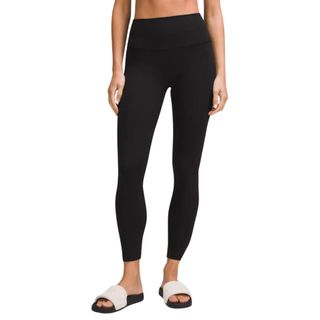 Lululemon Align Leggings
Lululemon Align Leggings
The best way to get motivated is to feel good in your kit, and you'll never not feel good in Aligns. Soft and sculpting without too much compression, you can get through any workout or rest day in these.
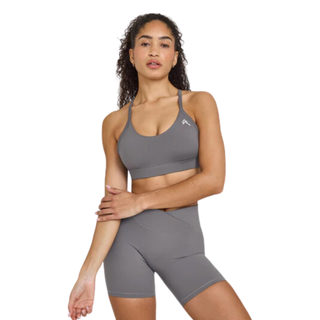
Upping your exercise? You need a good sports bra. This one from Oner has adjustable straps, removable padding and a comfortable cut.
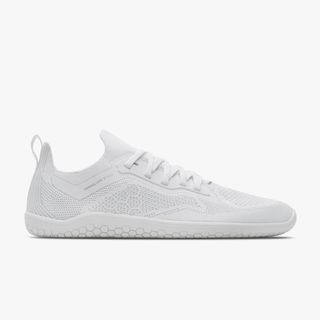
Vivo Bare Foot Primus Lite
These shoes protect your feet — and therefore all your other joints — when walking, strength training, HIIT, CrossFit, calisthenics… the list goes on.

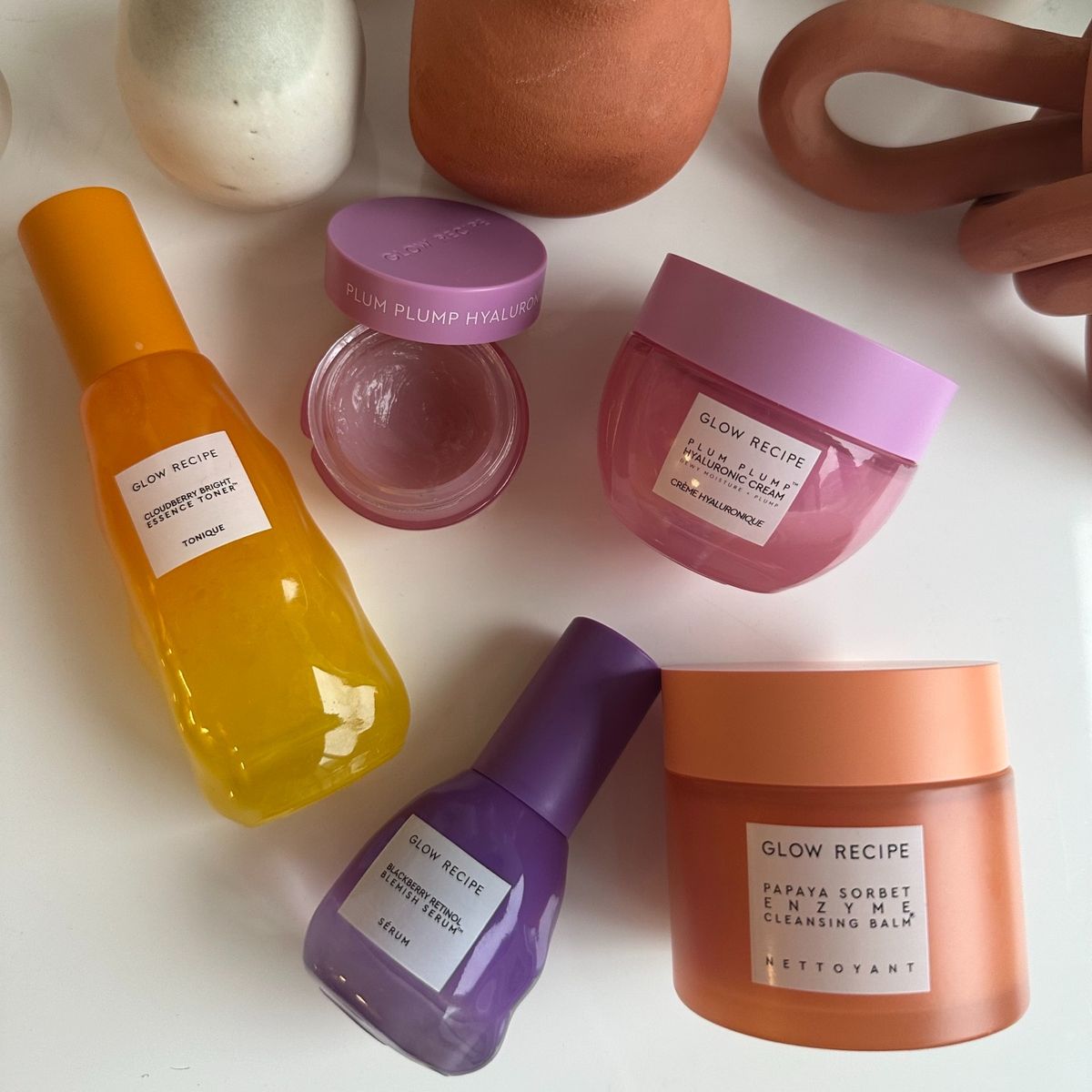
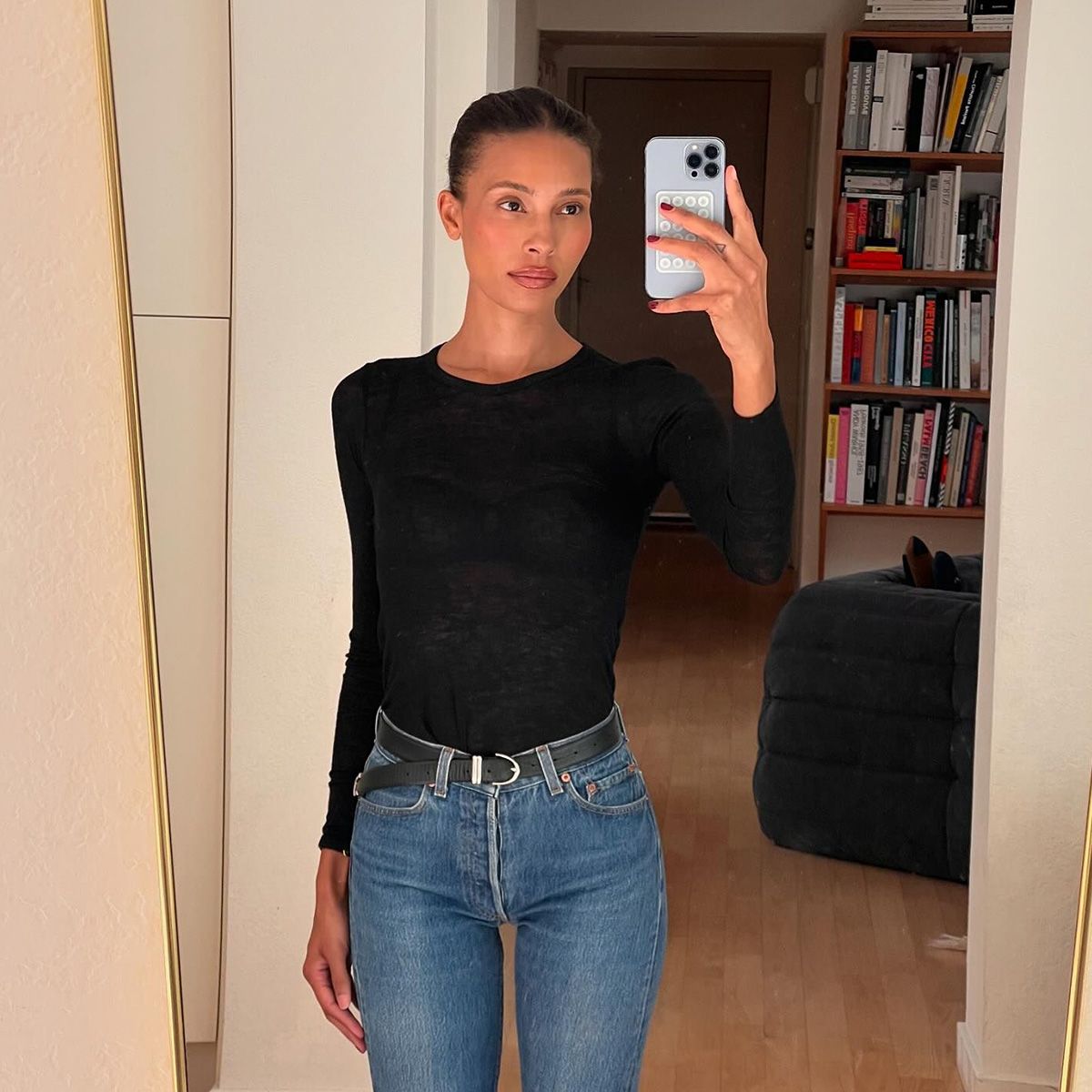





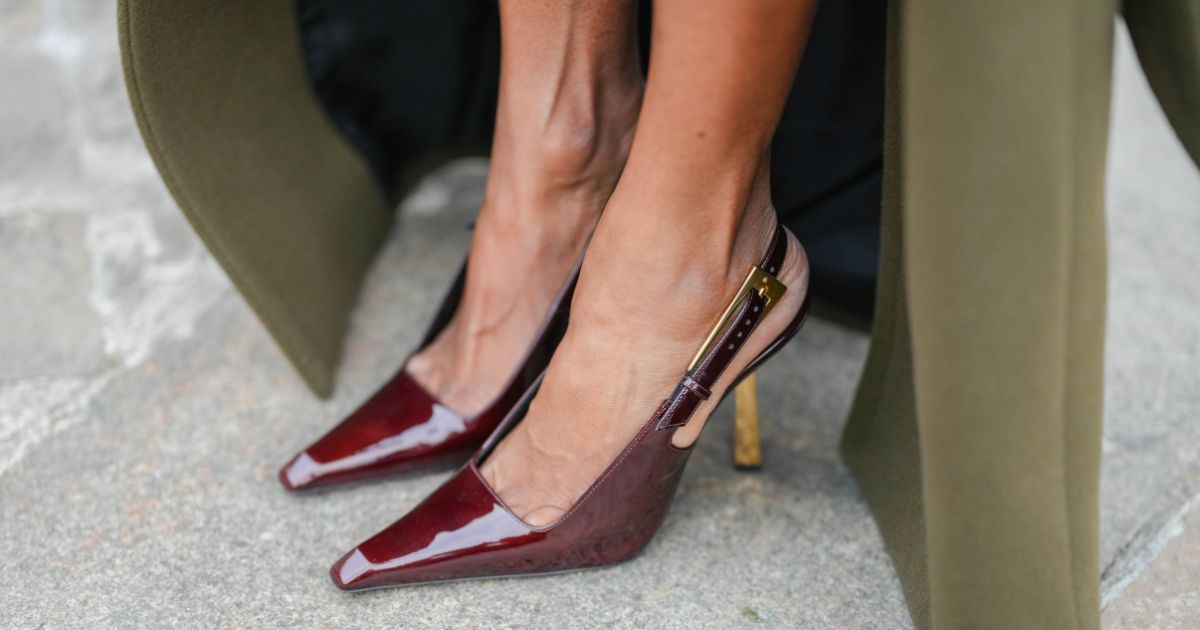
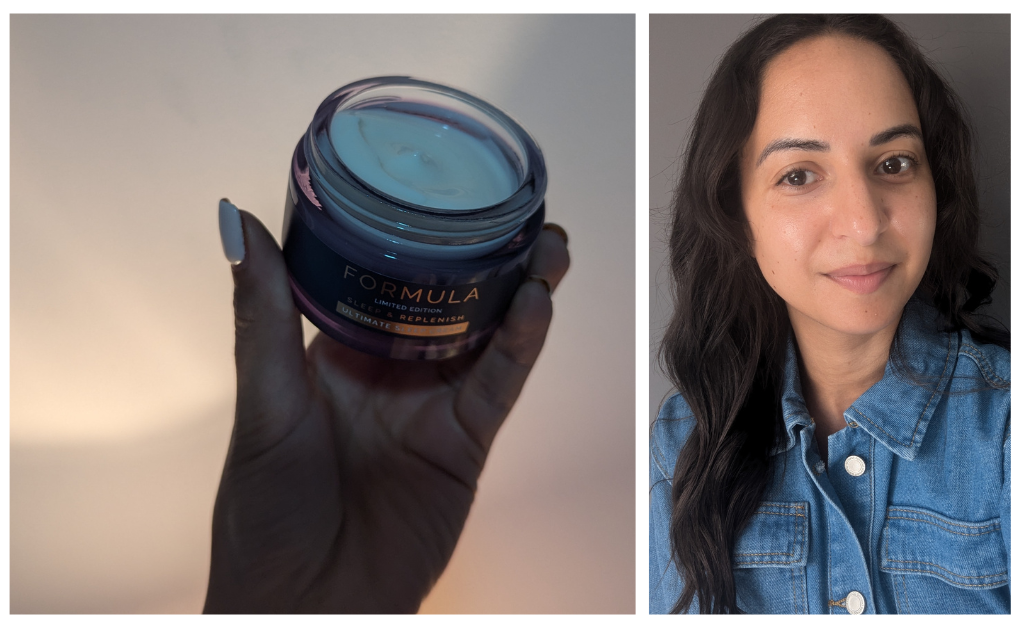
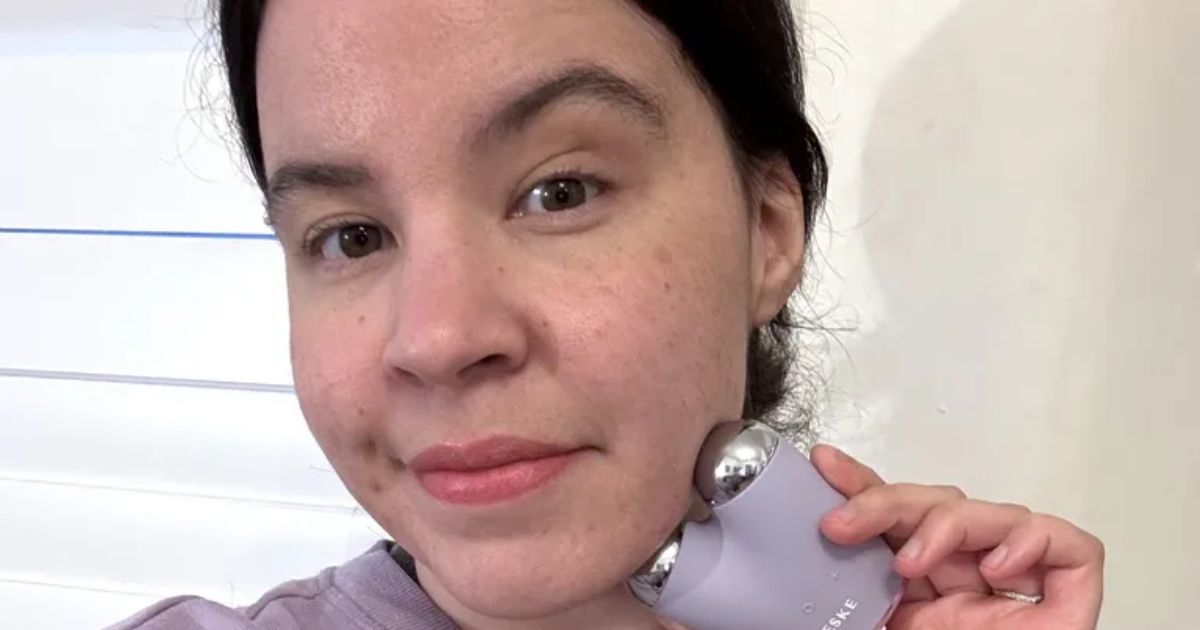









 English (US) ·
English (US) ·